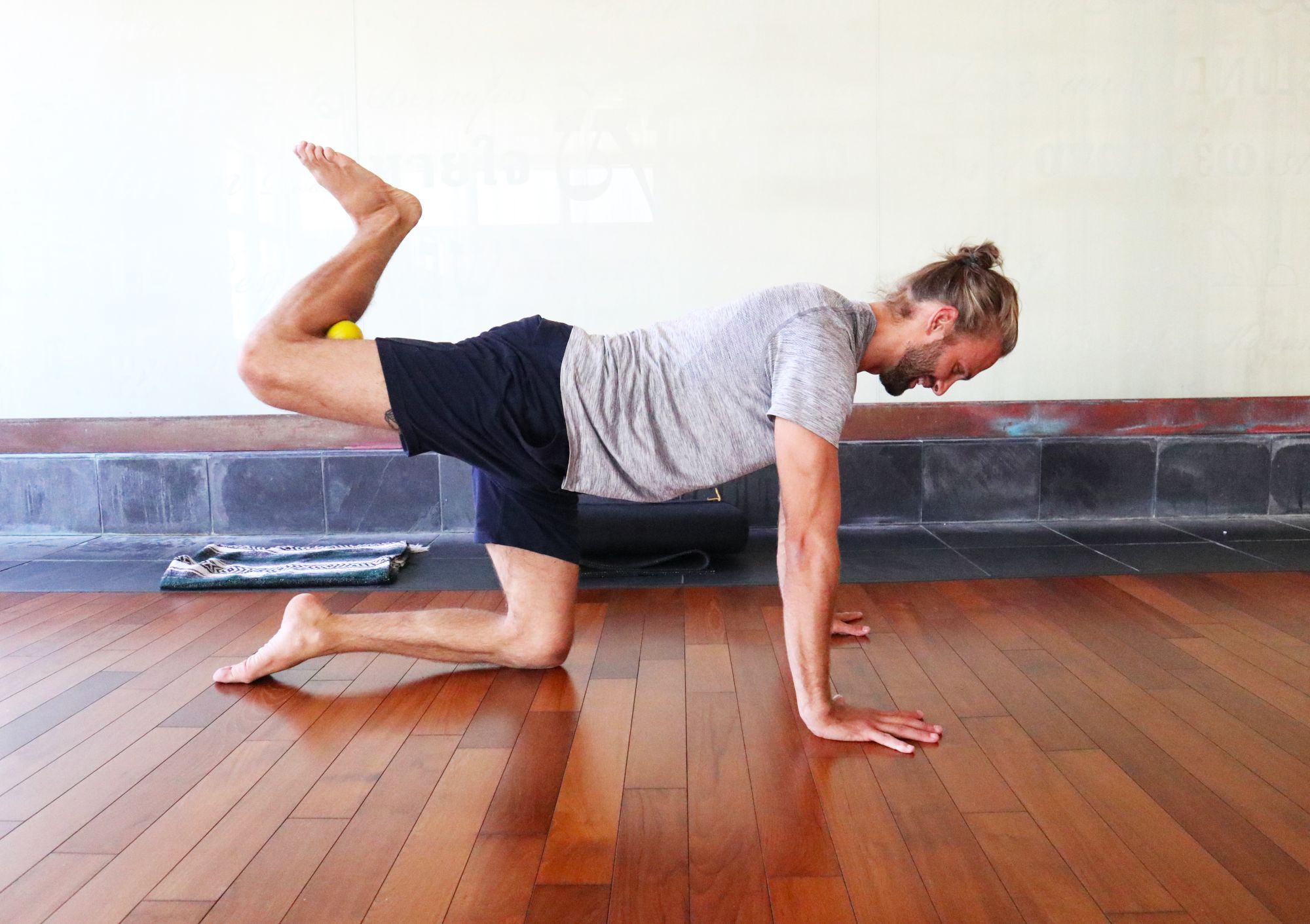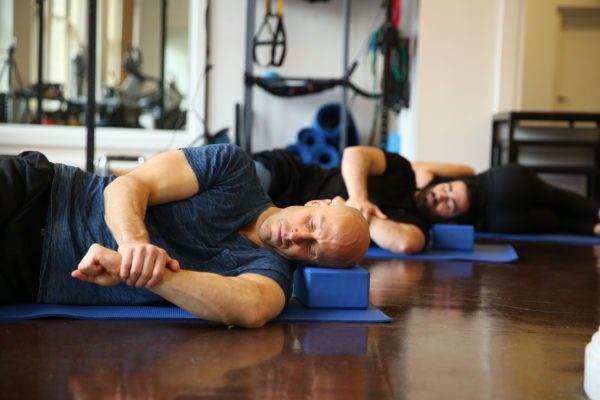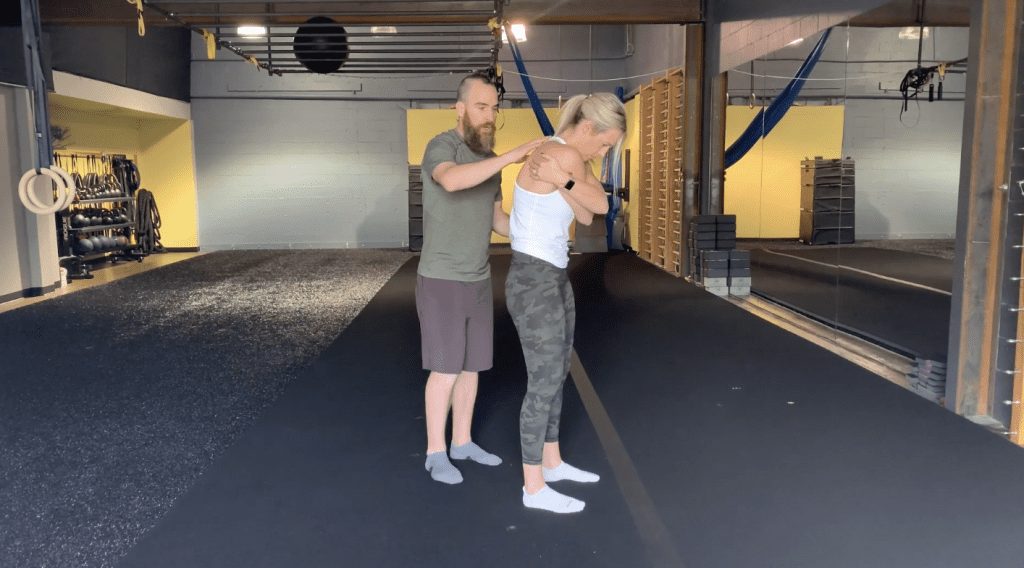
The best online fitness resource you'll ever need. We filter out the BS to ensure you meet your health and fitness goals!

The best online fitness resource you'll ever need. We filter out the BS to ensure you meet your health and fitness goals!

Controlled Articular Rotations are amongst the best methods going for improving mobility. If you have any issue with mobility at all, they will be your best ally.
It is important to improve mobility, for reasons of safety, athleticism and injury rehab or prevention.
Injuries generally come about when a stimulus, stress or external force is places on the body that exceeds the capacity of any given joint or muscle to deal with – a lack of strength and/or stability at the joint’s outer limits of motion will cause it to take on excessive trauma. Controlled Articular Rotations (CARs), a form of Functional Range Conditioning (FRCs), adapt passive ranges of motion (flexibility) into utilisable, active ranges of motion (mobility). The body undergoes strength and resilience development through these ranges of motion, decreasing their risk of injury at any given point throughout them.
It is quite common to find people who are strong – they can lift plenty of weight and perform well, with good technique, under load. It is also quite common to find people who are flexible – they can stretch their muscles and joints to a full range of motion with little issue.
However, it isn’t so common to find people who have good mobility, which plays into both of the above. Simply put, mobility is flexibility plus strength.
Let’s run through some quick definitions to elaborate on the above. What exactly are we talking about when we are talking about flexibility and strength, and how do these relate to mobility?
Flexibility is the range of motion of our joints – how far we can stretch them, open them, and to what depth we can move through them. It is very much independent of any kind of control. It is independent of whether we can get to that range of motion under our own steam.

For example, you might be flexible enough to perform the splits, when you have your bodyweight pushing you downwards and the floor to push against. It would be a very different thing to take your legs and hips into the splits range of motion from a standing position, without these things.
The extent to which you can get into that splits range of motion without aid, with control, only using your own body’s strength, is mobility. It is the utilisable motion available through any given joint.
Of course, you cannot have good mobility without first having good flexibility – you need the potential range of motion through which to control a joint if you are to control your joint through that range of motion, obviously. You won’t be able to perform a splits motion from standing without having the ability to open your joints into the splits position in the first place.
For this reason, it is normal for people to possess better flexibility than they do mobility.
With this good flexibility, you can then begin to work on improving muscular control through the extremities of wider ranges of motion. As this muscular control improves, we can say that your mobility improves.
Your nervous system will allow you to access increasingly extreme ranges of motion, under load, with control.
But how can you do this?
Functional Range Conditioning (FRC) works by systematically expanding the body’s ranges of motion whilst at the same time familiarising the nervous system with those ranges of motion and showing it how to control the body through them. It does so by bringing a joint to the extreme limits of its ranges of motion, and then working on strength in these ranges.

Regular practice ensures that this control through extreme ranges of motion – this newfound mobility – is available with a degree of immediacy and longevity.
In essence, flexibility is trained and converted into functional, utilisable mobility.
CARs are a central tool in FRC. They use active rotational movements at the outer limits of the range of motion of any given joint in order to elicit articular adaptations – strengthening the movement of the joint in seeking to improve mobility, in layman’s terms.
CARs will, of course, bring about physical, muscular adaptation to a degree. However, they will also improve neurological control of a joint at its outer ranges of motion, with increased kinaesthetic awareness, which will further improve joint stability. They can be used both as pre- and rehab, as either injury prevention/joint maintenance or recovery.
A CARs practitioner or patient will actively move through a select range of motion using muscular (and neurological – mind-muscle connection) control, as opposed to the traditional static form of stretching that many of us use on a regular basis. They are circular joint movements, each one with the goal of essentially trying to create a wider circle. This should, in practice, improve the practitioner’s control in the outer limits of the usable ranges of motion.

Forceful contractions through these wider ranges of motion will reprogram our minds and bodies to a certain degree. We are signalling that we can control each range, in the same way that we might signal our ability to control any given weight through resistance exercises. The brain receives the message and adapts accordingly.
This takes slow, control motions to achieve. Neither dynamic nor ballistic motions will achieve the same results as CARs – the mindful connection isn’t there and neither the mind nor body are taught control or maintenance. This, really, highlights the difference between flexibility and mobility.
It also takes inertia through the rest of the body – essentially stopping any ‘swinging’ motion or assistance from other muscles. You need to isolate the joint being worked and solely rely on the muscles directly involved with moving it.
It is this isolative nature that separates CARs from other mobility and flexibility exercises, drills and systems. The isolated, controlled, slow movements both characterise them and are key to their success.